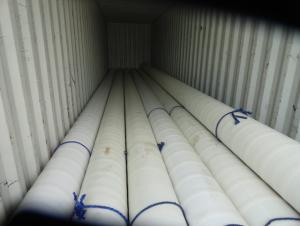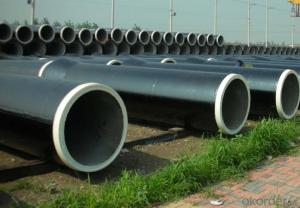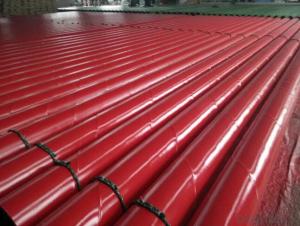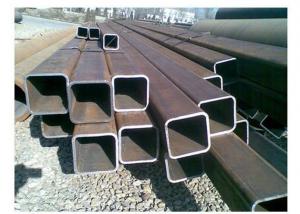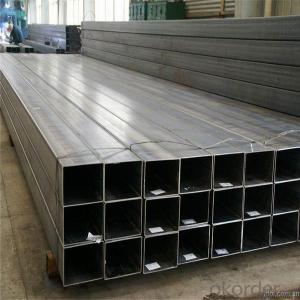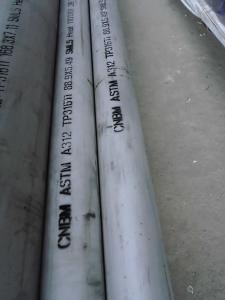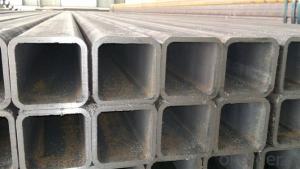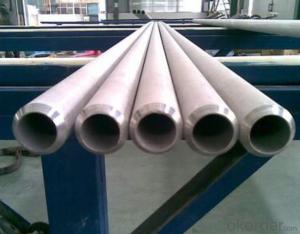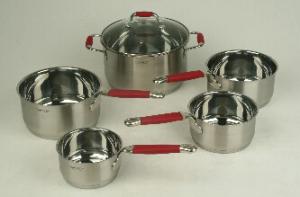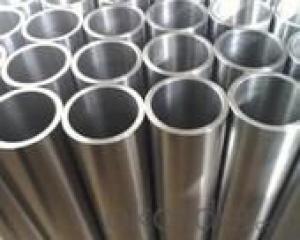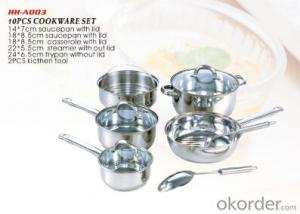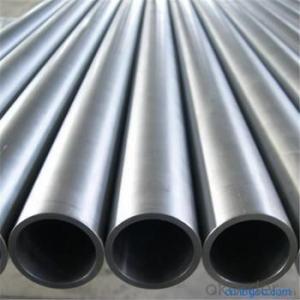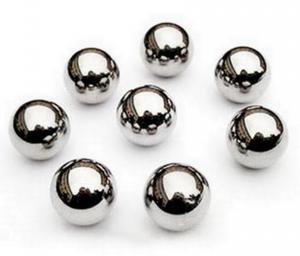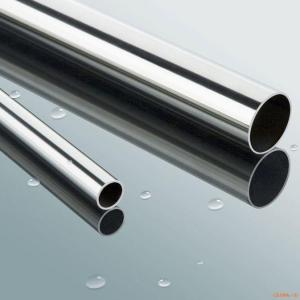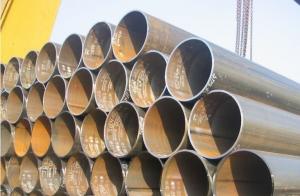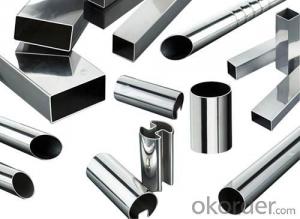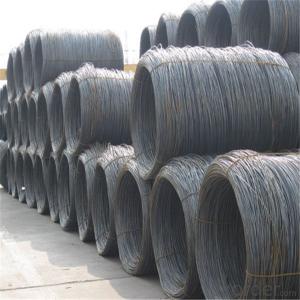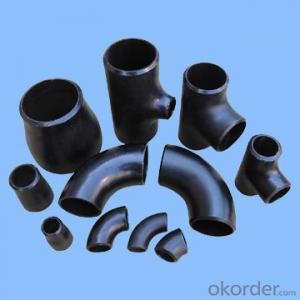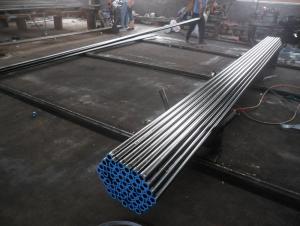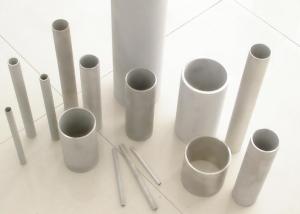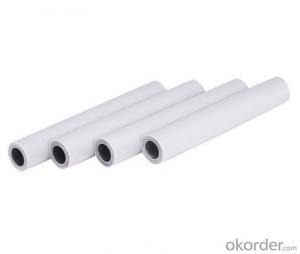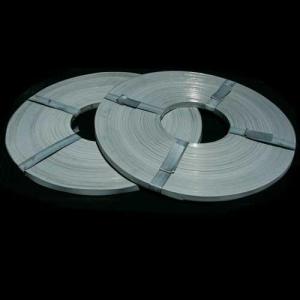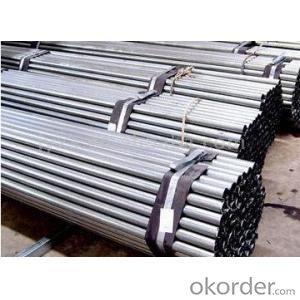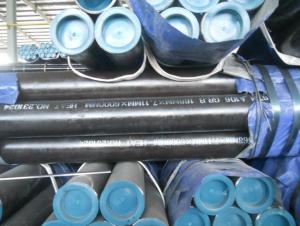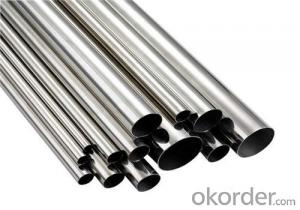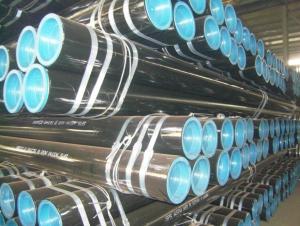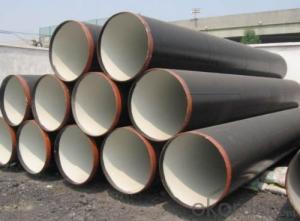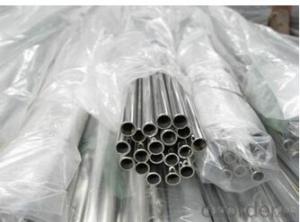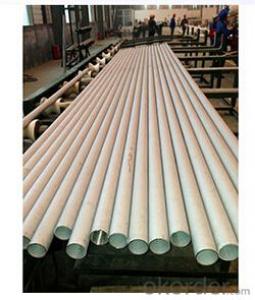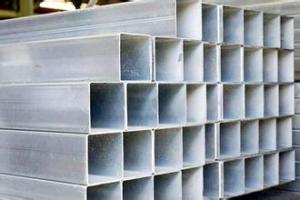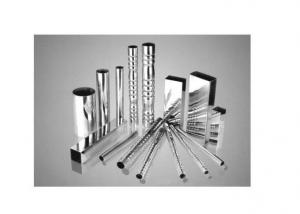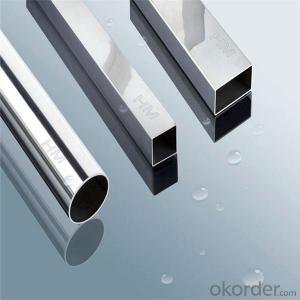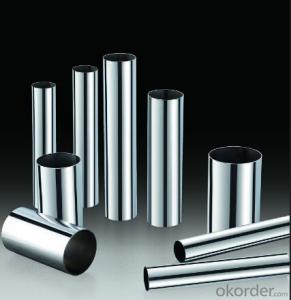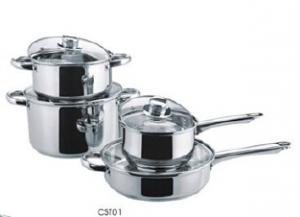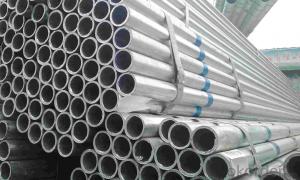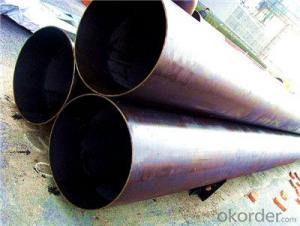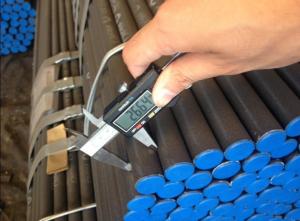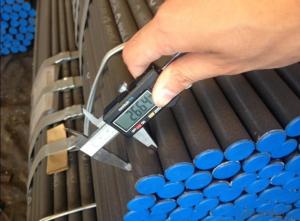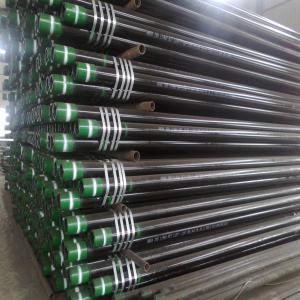3 Inch Stainless Steel Pipe
3 Inch Stainless Steel Pipe Related Searches
3in Stainless Steel Pipe 3 Stainless Steel Pipe 3 4 Stainless Steel Pipe 3/4 In Stainless Steel Pipe 1 Inch Stainless Steel Pipe 2 Inch Stainless Steel Pipe 4 Inch Stainless Steel Pipe Stainless Steel Pipes 3 4 Stainless Steel Tubing 4 Stainless Steel Pipe 1 Stainless Steel Pipe Stainless Steel Piping 6 Stainless Steel Pipe Stainless Steel Threaded Pipe 2 Stainless Steel Pipe Stainless Steel Flue Pipe 3/8 In Stainless Steel Tubing 3/4 Stainless Steel Tubing 304 Stainless Steel Pipe Stainless Steel Smoker Pipe 1 2 Stainless Steel Pipe Stainless Steel Chimney Pipe Stainless Steel Screen Pipe Pipe Stainless 3/8 Stainless Steel Tubing Stainless Steel Flex Pipe 3d Printed Stainless Steel Stainless Steel Pipe Fitting Stainless Steel 3d Printer Stainless Steel Pipe Dimensions3 Inch Stainless Steel Pipe Supplier & Manufacturer from China
3 Inch Stainless Steel Pipe is a versatile and durable product made from high-quality stainless steel material, designed to meet various industrial and construction requirements. These pipes are known for their corrosion resistance, strength, and ability to withstand extreme temperatures, making them ideal for a wide range of applications. They are commonly used in industries such as oil and gas, chemical processing, food and beverage, and construction, where their robustness and longevity are highly valued.The 3 Inch Stainless Steel Pipe is widely utilized in various scenarios, including fluid transportation, structural support, and mechanical components. Its ability to maintain integrity under pressure and in harsh environments makes it a preferred choice for many engineers and contractors. Whether it's for the conveyance of water, chemicals, or gases, or for structural applications in bridges and buildings, this pipe offers a reliable and efficient solution.
Okorder.com is a leading wholesale supplier of 3 Inch Stainless Steel Pipe, boasting a large inventory that caters to the diverse needs of customers across different industries. With a commitment to quality and customer satisfaction, Okorder.com ensures that the products they offer meet the highest standards. Their extensive stock allows them to provide quick delivery and competitive pricing, making them a trusted source for businesses looking to purchase this essential product.
